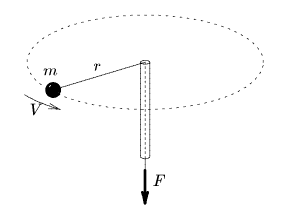A conservation law states that a particular measurable property of an isolated physical system does not change as the system evolves. The physical result concerning conservation laws is Noether’s theorem. This theorem states that there is a one-to-one correspondence between conservation laws and differentiable symmetries of physical systems.
Exact laws are conservation laws that are said to be more precise and never been shown to be violated. A list of exact laws is as followed
- Conservation of mass-energy
- Conservation of linear momentum
- Conservation of angular momentum
- Conservation of electric charge
- Conservation of color charge
- Conservation of weak isospin
- Conservation of probability
- CPT symmetry
- Lorentz symmetry
Approximate conservation laws are approximately true in particular situations. These situations can be low speeds or short time scales.
- Conservation of mass
- Conservation of baryon number
- Conservation of lepton number
- Conservation of flavor
- Conservation of parity
- Invariance under time reversal
- CP symmetry

